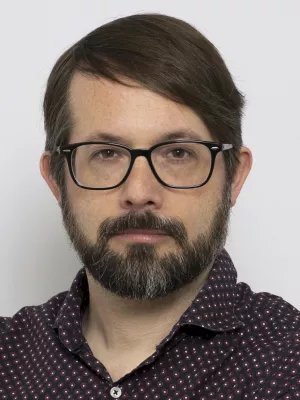
Frans-Jan Parmentier
Docent

Longer growing seasons do not increase net carbon uptake in the northeastern Siberian tundra
Författare
Summary, in English
With global warming, snowmelt is occurring earlier and growing seasons are becoming longer around the Arctic. It has been suggested that this would lead to more uptake of carbon due to a lengthening of the period in which plants photosynthesize. To investigate this suggestion, 8 consecutive years of eddy covariance measurements at a northeastern Siberian graminoid tundra site were investigated for patterns in net ecosystem exchange, gross primary production (GPP) and ecosystem respiration (R-eco). While GPP showed no clear increase with longer growing seasons, it was significantly increased in warmer summers. Due to these warmer temperatures however, the increase in uptake was mostly offset by an increase in R-eco. Therefore, overall variability in net carbon uptake was low, and no relationship with growing season length was found. Furthermore, the highest net uptake of carbon occurred with the shortest and the coldest growing season. Low uptake of carbon mostly occurred with longer or warmer growing seasons. We thus conclude that the net carbon uptake of this ecosystem is more likely to decrease rather than to increase under a warmer climate. These results contradict previous research that has showed more net carbon uptake with longer growing seasons. We hypothesize that this difference is due to site-specific differences, such as climate type and soil, and that changes in the carbon cycle with longer growing seasons will not be uniform around the Arctic.
Avdelning/ar
- Institutionen för naturgeografi och ekosystemvetenskap
Publiceringsår
2011
Språk
Engelska
Sidor
04013-04013
Publikation/Tidskrift/Serie
Journal of Geophysical Research
Volym
116
Dokumenttyp
Artikel i tidskrift
Förlag
Wiley-Blackwell
Ämne
- Physical Geography
Status
Published
ISBN/ISSN/Övrigt
- ISSN: 2156-2202

